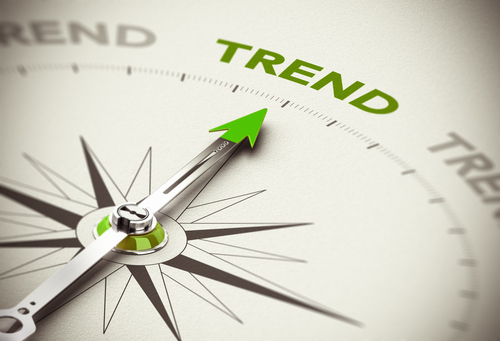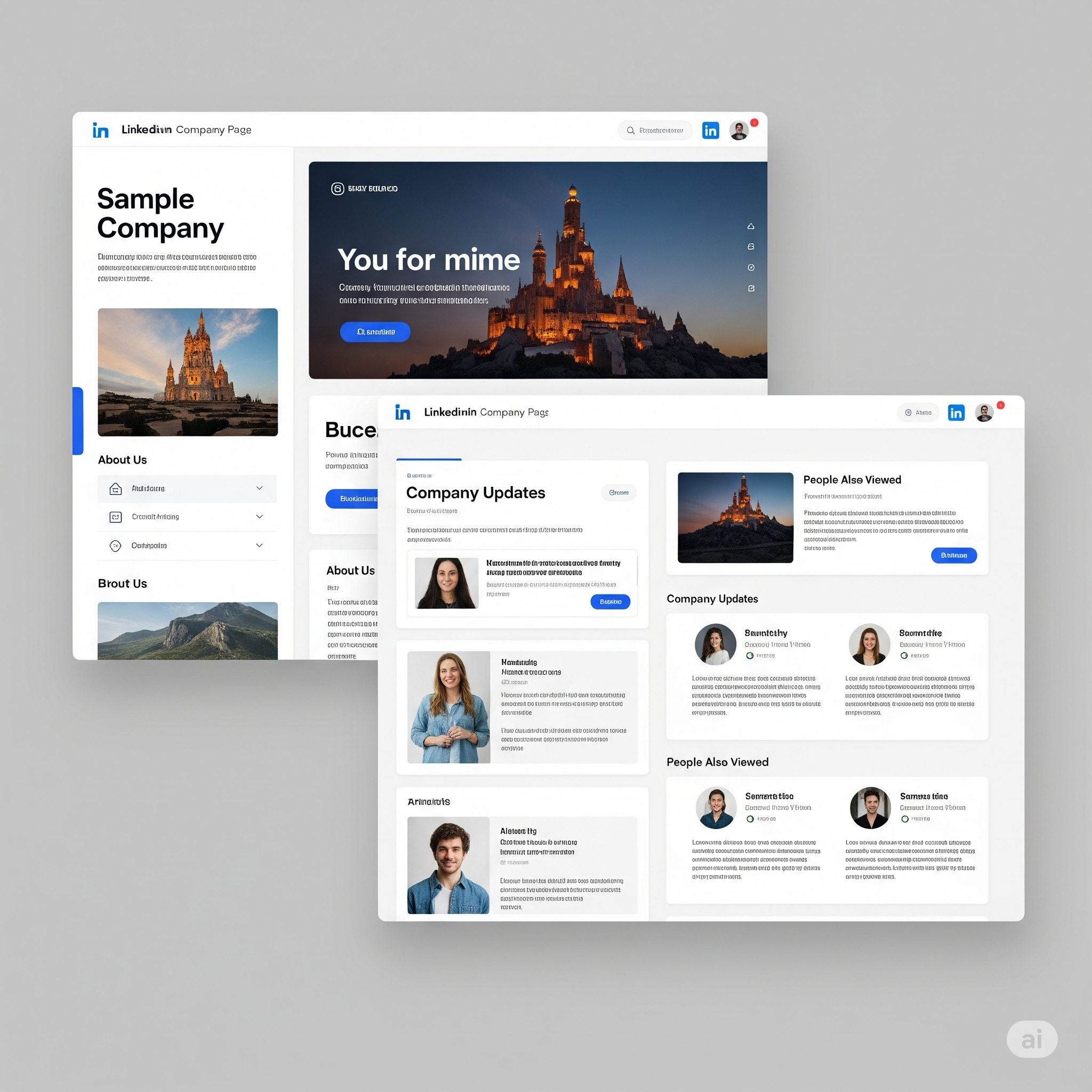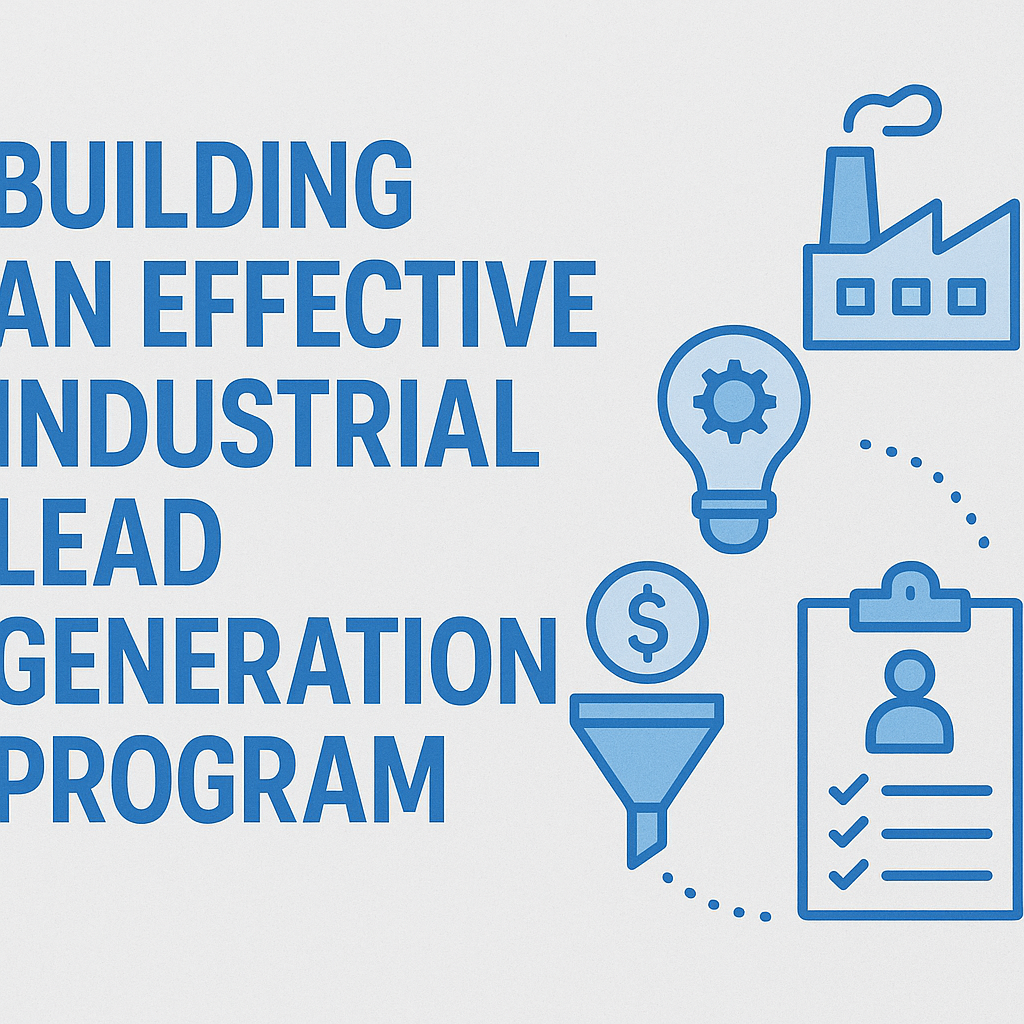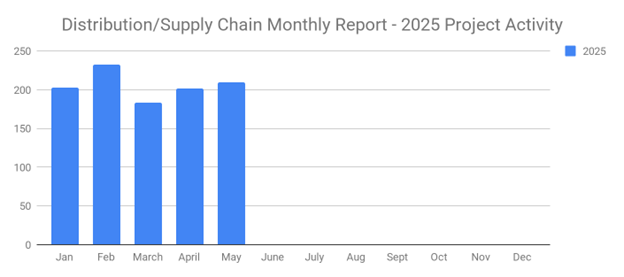
You can kick off the New Year by prioritizing lead generation within your B2B company. Research shows that over four in five B2B marketers say lead generation is their company's top content marketing goal. Leads are prospective buyers, each of whom offers an opportunity to generate a sale. Rather than using the same tactics, though, you should use the latest lead generation tactics. Below are some of the top lead generation trends that will define 2023 and beyond.
#1) Hyper-Personalization
B2B companies have been personalizing their communications with prospects for many years now, but hyper-personalization is set to take the stage in 2023. It refers to the use of advanced technologies and data-driven insights to deliver personalized experiences to prospects in real time. It goes beyond demographic segmentation and generic messaging, providing a truly tailored and unique experience for each prospect.
#2) Interactive Content
Consider using interactive content in your lead generation strategy. Most B2B companies use at least some type of content to generate leads. They may send publish how-to guides or videos, for instance, to attract prospects. But you don't have to rely solely on traditional content such as this; you can use interactive content. Interactive content encompasses formats with which prospects can engage and interact. Quizzes and surveys are interactive. Prospects can view quizzes and surveys, and they can interact with them.
#3) Appointment Setting
We can't talk about sales lead generation trends without mentioning appointment setting. Selling products and services to other business owners and professionals is a different ballgame than selling to consumers. In the B2B industry, prospects require more persuading. If you immediately pitch a product or service, the prospect may reject your offer. Appointment setting, though, can help you succeed. You can ask prospects to schedule an appointment so that they can discuss the deal. Appointment setting has been around for a while, but it's become an increasingly popular lead generation and sales tactic in recent years.
#4) Dialers
Assuming you call prospects as part of your lead generation strategy, you should consider using dialers. Dialers are tools -- typically in the form of software -- that are designed to automate and simplify calling processes. Statistics show that the average sales rep makes nearly three dozen calls per day. While some of these calls are successful and result in new leads or sales, others are not. Nonetheless, sales reps must still call prospects. Dialers make this process a little easier by automatically dialing numbers.
Some of the different types of dialers used in the B2B industry include the following:
- Click to call
- Predictive
- List based
- Agent assisted
#5) AI
More and more B2B companies are leveraging artificial intelligence (AI) in their lead generation strategies. It's a versatile tool that can help you generate more leads in several ways. With AI, you can create a chatbot that answers prospects' questions on your B2B company's website, social media profiles or elsewhere. You can also use AI to clean up lead data. If you believe a dataset contains duplicate phone numbers or other lead data, for instance, run it through an AI tool. The AI tool can check the dataset for duplicate entries, and if it discovers any, the AI tool can remove those duplicate entries.
#6) ABM
Another lead generation trend to consider using is account-based marketing (ABM). ABM involves the alignment of sales and marketing. The general idea behind ABM is to encourage marketers and sales reps to work together. Marketers and sales perform different tasks, but they seek to achieve the same end goal of generating sales. ABM is all about encouraging marketers and sales reps to communicate and share resources with each other so that they can achieve this goal. Embracing ABM can help your B2B company generate more sales, and it can have a positive on the quantity and quality of your B2B company's leads.
#7) Intent-Based Data
The use of intent-based data is a common lead generation trend. Data is the foundation of all lead generation strategies. Leads are prospective buyers, and data represents these prospective buyers. While you're probably familiar with demographics and firmographics, though, there are other types of data, such as intent-based data. Intent-based data is exactly what it sounds like: data that reflects the motive or intent of a prospect. As you engage with prospects, you can evaluate their intent. You can then apply this data to your strategy.
#8) LinkedIn Sales Navigator
LinkedIn remains one of the leading channels for lead generation. Some reports show that 80% of all leads in the B2B industry come from LinkedIn. But manually reaching out to prospects on LinkedIn can be time-consuming. Like with cold calling, you may only get a response from a few prospects whom you contact on the social media site. This has led many sales reps to use LinkedIn Sales Navigator. Sales Navigator is LinkedIn's all-in-one marketing and sales platform. it can help generate more leads by automating many common processes. If you're going to use LinkedIn for lead generation, you can't ignore the time-saving benefits of Sales Navigator.
#9) Privacy
You can't ignore privacy when generating leads. Business owners and professionals want to know their personal data is protected. Otherwise, they won't provide your B2B company with this data. There are even laws requiring businesses to protect their user' data. Healthcare organizations, for instance, must comply with the Health Insurance Portability and Accounting Act (HIPAA), and other businesses must comply with the General Data Protection Regulation (GDPR). The bottom line is that you need to protect the data and privacy of your B2B company's prospects when generating leads.
#10) Email Automation
Email automation is a lead generation trend that will only become more popular in 2023. Most B2B companies use email to generate, nurture and convert leads. Even if you don't know a prospect's phone number, you may be able to reach that prospect via email. Email automation refers to the use of software to automatically deliver emails to prospects. You can create emails using this software, and you can schedule the emails to be delivered to specific prospects in the future.
What to learn more? Get in Touch





